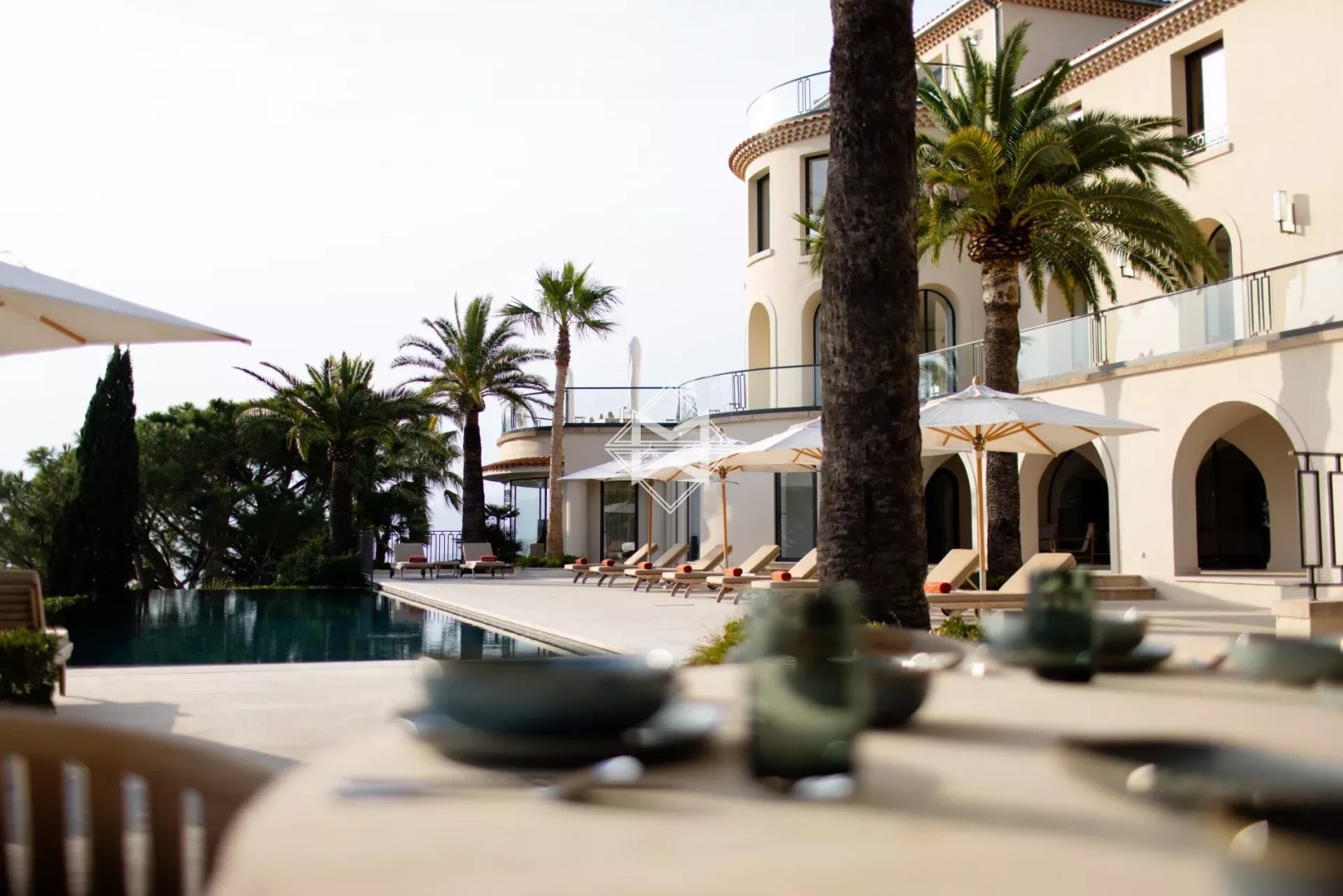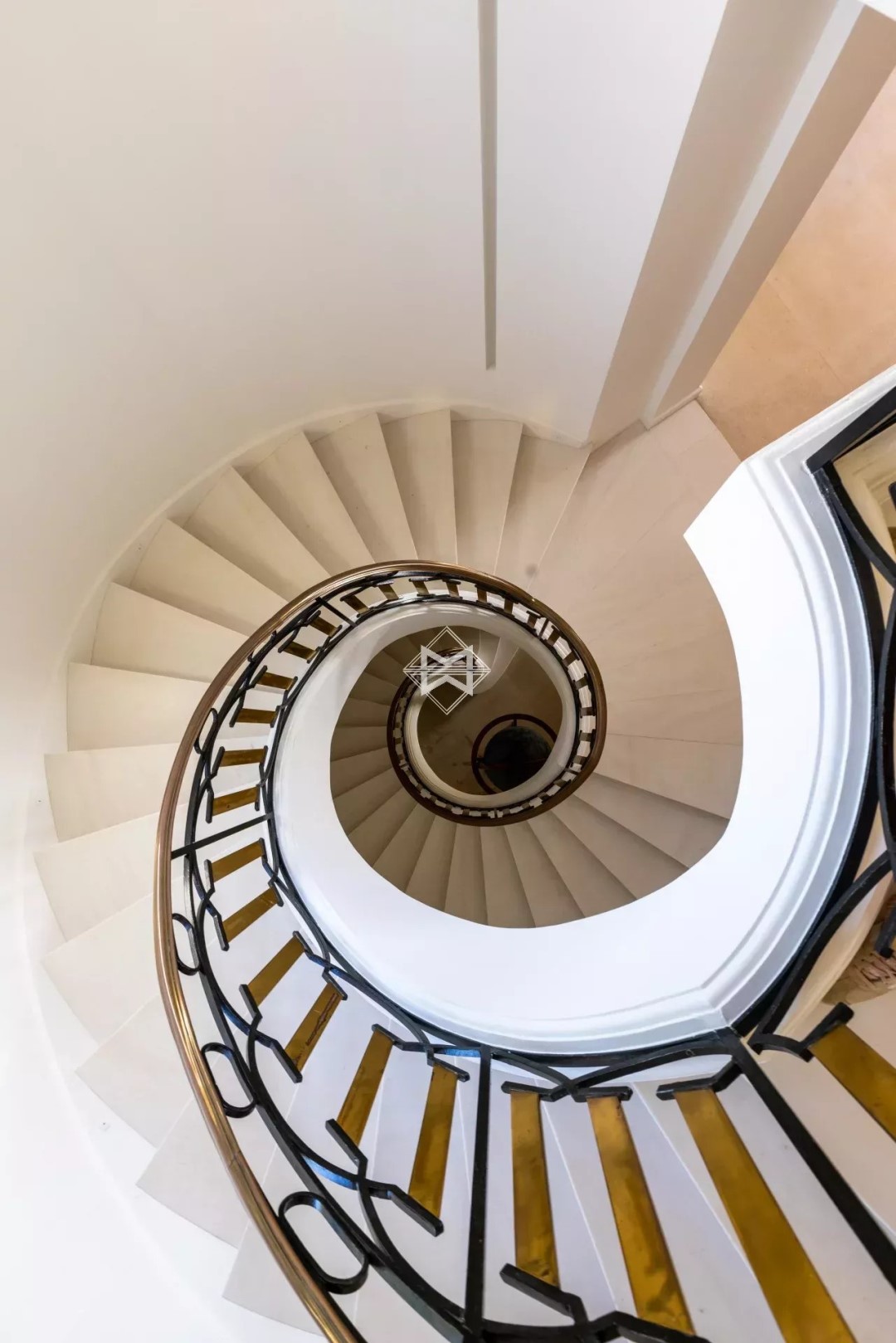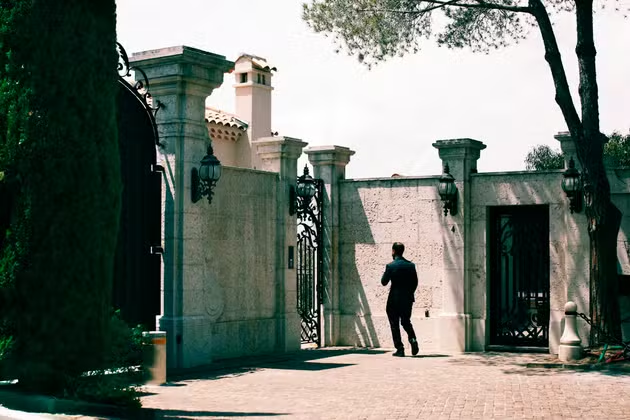Villa Bagatelle - LVMH's new canvas for Hedonic Escapism
- Thomas Wieringa

- May 6
- 4 min read
Experiential luxury is the new baseline. The question isn’t whether brands should create experiences. It’s whether those experiences are powerful enough to offer true emotional release. In an era of overstimulation and consumer fatigue, the next frontier isn’t personalization or service. It’s hedonic escapism—the art and psychology of helping people transcend their daily lives through elevated, sensory-rich moments.
Why do some luxury moments linger in our memory while others fade instantly? Why do certain brand experiences make us feel truly seen, while others feel performative? These are the questions luxury marketers must now answer—not with campaigns, but with carefully crafted worlds.
Today’s consumers, especially younger generations, are seeking deeper emotional connections. They want meaning beyond materialism. In response, luxury brands are being called to elevate—not just iterate—their approach. We’re entering a new chapter where the most coveted luxury is no longer what you own, but what you feel, live, and remember.
LVMH’s recent acquisition of Villa Bagatelle—a storied, mythical property on the Cannes coastline—puts this challenge to the test. Will the world created inside Bagatelle truly deliver on the promise of hedonic escapism? Can it become more than a space for brand events and instead serve as an emotional sanctuary that fulfills LVMH’s brand mission: to craft culture, legacy, and desire?
This move is a signal to the entire luxury sector. It raises the bar. If physical spaces are to be the new currency of brand differentiation, then the measure of success will not be exclusivity alone—but emotional transformation.
What Is Hedonic Escapism?
At its core, hedonic escapism is the desire to disconnect from everyday life and immerse oneself in experiences that are pleasurable, emotionally uplifting, and out of the ordinary. It’s about stepping into a different world—one where beauty, rarity, and sensory delight override the mundane.
This concept isn’t new. People have always sought forms of escape through art, travel, or entertainment. But what’s changed is how luxury brands are now expected to deliver that escape—not as a side benefit, but as the main event.
Think of it as the emotional driver behind experiential luxury. If experiential luxury is the vehicle, hedonic escapism is the engine. It fuels a consumer’s willingness to invest time, attention, and money into an experience that feels unique, elevated, and deeply personal.
LVMH's mythical new playground
Built in 1928, Villa Bagatelle has long embodied the glamour and excess of the Côte d’Azur. But its legacy is anything but smooth. Over the years, the property has passed through the hands of an intriguing list of owners, each one facing a string of legal or financial woes. Among them: the Russian-Armenian Sarkisov brothers, Algerian businessman Rafik Khalifa, and embattled Russian banker Anatoly Motylev. These associations gave rise to whispers of a "curse," a superstition chronicled in Le Monde and The Times, which dubbed the villa a magnet for misfortune.
Yet, in luxury marketing, myth is not a liability—it’s an opportunity. In acquiring a property shrouded in mystique, LVMH adds yet another layer of storytelling to its experiential playbook. The villa’s past isn’t just tolerated; it’s part of the allure. In a world where affluent consumers seek unique, emotionally resonant experiences, a setting with a legend is far more compelling than one without.
Villa Bagatelle gives LVMH something very powerful—a real place where the brand can create deep, emotional connections with its most important clients. It’s more than just a beautiful villa; it’s a setting where luxury becomes personal and unforgettable. Inside its historic walls, LVMH can bring its brands to life in ways that truly move people—a Dior fashion moment at sunset, or a Dom Pérignon dinner that feels like a dream. For today’s wealthy consumers, these aren’t just nice extras. They’re experiences that help them feel something real: relaxed, inspired, and seen. Science shows that emotional moments like these are remembered much more clearly and for much longer. By creating them, LVMH isn’t just impressing people—it’s building real loyalty and making its brands part of their personal story.
The Strategic Edge: Owning the Stage
What happens when an immersive brand experience tries to say too much at once? Because more isn’t always better or more effective. Immersive environments offer brands a rare chance to create emotional depth and lasting memories, there’s a thin line between a curated universe and an overcrowded stage. When multiple narratives or brand voices compete within the same space, the result can be confusion rather than connection—diluting the emotional bond between brand and consumer.
This is the challenge—and opportunity—that lies ahead for LVMH as it transforms Villa Bagatelle into a new stage for its maisons. With a portfolio as rich and diverse as LVMH’s, the temptation to showcase many brands in one setting is understandable. But the true potential of Villa Bagatelle won’t come from showing everything the group can do. It will come from selective storytelling—creating moments of intimacy, focus, and emotional clarity.
The most successful luxury experiences are those that leave room to breathe. They prioritize presence over performance, emotional depth over brand density. Whether it’s Dior, Dom Pérignon, or another maison entirely, the magic will come when one brand owns the moment—when the space, the story, and the feeling are all aligned. Because in the end, luxury isn’t about how much you say. It’s about how deeply one story stays with you.
The Future of Luxury: Time, Space, and Memory
Luxury’s next frontier is not about speed, spectacle, or surplus—it’s about intention. As consumers grow more discerning and emotionally driven, the true value of luxury lies in how a brand holds time, inhabits space, and leaves a mark on memory.
Time is the new luxury. In an always-on world, attention is sacred. When a brand creates an experience that earns a consumer’s time—by being immersive, considered, and emotionally engaging—it transcends transaction and becomes transformation.
Space is no longer just a backdrop. It has become a medium of meaning. From heritage villas to contemporary brand homes, physical environments now serve as emotional stages where brand stories can be felt, not just seen.
And perhaps most crucially, memory is the most enduring currency. Great campaigns may generate reach, but great experiences generate resonance. The brands that craft moments worth remembering are the ones that carve out lasting emotional real estate in people’s lives.
If you’re exploring how to create emotionally resonant experiences—or curious about how hedonic escapism can transform your brand—I’d love to continue the conversation. Let’s talk about where luxury goes next.





Comments